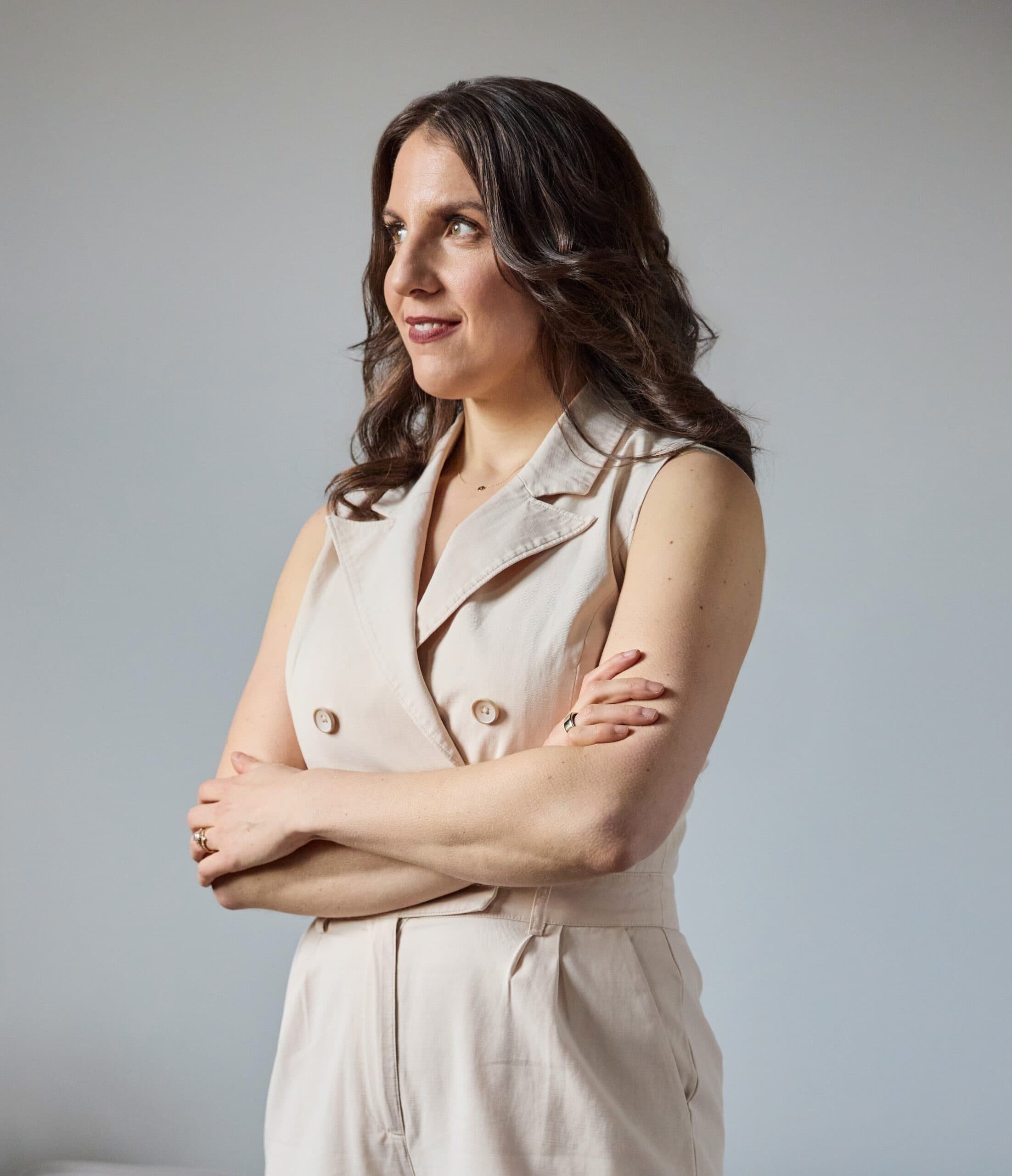It’s nearly impossible to browse the internet without running into productivity advice. Most tips promise to transform you into an efficient machine in five easy steps. But if you’re like many people, then you may find the promised results elusive. Yes, these tactics would better be labeled as productivity myths because while some may boost your output temporarily, others lead you to procrastinate and fall behind worse than before.
As a performance coach, I work with leaders at companies like Google, Facebook, and HP. I find that even smart, savvy people misapply common productivity tactics. In my experience, some of the “getting things done” dogma can be unproductive or a waste of time. You may also be following supposed “tried-and-true” methods that backfire, going against how your brain is wired.
The Worst Productivity Myths and How You Can Avoid the Pitfalls
Wake up at 5 a.m. every day.
Aspirational figures like Apple CEO Tim Cook, Oprah Winfrey, and Michelle Obama cite 5 a.m. as the optimal time to rise. You may be tempted to follow in their footsteps to get a jumpstart on your to-do list. But science shows that not everyone benefits from rising with the sun. Each person has a unique biological chronotype that guides when they are most productive. Only about 15 to 20 percent of people hit their maximum brain power in the early A.M. Unless you fall into this category, forcing yourself to wake up at 5 a.m. can be counterproductive, leaving you tired and unfocused. You’re better off sleeping in and starting your morning routine a little later.
Do the hard things first.
You’ve probably heard that you should “eat the frog” or tackle your hardest project first. Your “frog” is your biggest, most important task. It’s said that accomplishing difficult tasks first produces a sense of motivation and satisfaction. In fact, the opposite is true. Starting with difficult tasks can feel paralyzing and overwhelming. This mental resistance leads to procrastination, which only makes you feel worse. The solution is to start your day with a series of small wins. Knocking out a few tiny to-dos will give you positive momentum. Psychologically speaking, conquering small items shores up your sense of self-efficacy, which will give you the confidence to tackle (and complete) bigger projects.
Manage your time.
Many of my clients are on a quest to squeeze more output from the 168 hours they have in a week. But once they start observing themselves more closely, they notice that some hours are more productive than others. What they discover is that energy management, not time management, is the key to accomplishing more in less time. You can’t ever create additional hours in the day, but you can produce more energy so that you get quality work done with better results and less stress. Start by tracking what activities give you energy versus drain you. Eliminate and reduce energy drainers where possible. Taking breaks, while counterintuitive to most traditional productivity advice, can help you be creative and get more done.
Track everything.
How many times have you heard the phrase “what gets measured gets done”? While tracking your progress is essential for judging success, it can go overboard. I’ve worked with clients who felt like slaves to their task lists. The time they devoted to updating project management tools, and productivity apps far outweighed their efforts on the work itself. If you’re hopping between multiple organizational systems, it’s time to streamline. Constant task switching is probably fracturing your attention and compromising your ability to focus for long periods of time. If you’re a digital junkie, switch to analog tracking for a few weeks as a detox. Instead of fiddling with fancy apps, focus on actually getting things done.
Striving to improve yourself is key to success, so don’t give up your quest for efficiency. It’s wise to be open to new methods, but be mindful of those that do more harm than good. The most important rule of productivity is to find what works best for you.
©Melody Wilding 2019. Originally published on Quartz.




